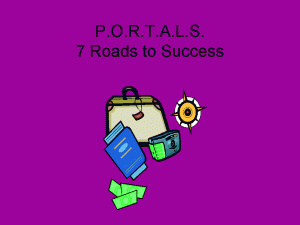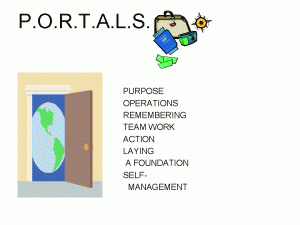Cognitive Apprenticeship: Making Thinking Visible by Allan Collins, John Seely Brown, and Ann Holum:
Authors’ permission for publishing on the internet noted on internet site: Reprinted with permission from the Winter 1991 issue of the AMERICAN EDUCATOR, the Quarterly journal of the American Federation of Teachers.
The authors draw a contrast between “cognitive apprenticeship” and both schooling and traditional “apprenticeship.” They provide details about creating environments with focus on the content taught, pedagogical methods employed, the sequencing of learning activities and the sociology of learning. Following a critique of schooling based on the lack of visibility of both the teacher’s and the students’ thinking and problem solving, they propose a model that:
“^Identifies the processes of the task and makes them visible to students;
^Situates abstract tasks in authentic contexts, so that students understand the relevant of the work; and
^Vary the diversity of situations and articulate the common aspects so that students can transfer wheat they learn.”
Before going into detail on the “cognitive apprenticeship” model, they offer examples in reading (Reciprocal Teaching). Writing ((1985; Scardamalia, Bereiter, and Steinbach, 1984), and Math (Schoenfeld (1983, 1985).
| P.O.R.T.A.L.S. |
Cognitive Apprenticeship: Making Thinking Visible by Allan Collins, John Seely Brown, and Ann Holum:
There are 4 dimensions to the Cognitive Apprenticeship model: Content (Domain Knowledge, Heuristic strategies, Control strategies, and Learning strategies); Method (Modeling, Coaching, Scaffolding, Articulation, Reflection, and Exploration); Sequencing (Global before local skills, Increasing complexity, and Increasing diversity), and Sociology (Situated learning, Community of practice, Intrinsic motivation and Cooperation) |
| Purpose |
Sociology: Intrinsic motivation;
Method: Exploration (teacher invites students to pose & solve their own problems |
| Operations |
Content: Heuristic strategies, Control strategies, Learning Strategies |
| Remembering |
Sequencing: By implication-tasks leading to generalization
Sociology: Situated Learning: Carrying out tasks and solving problem that reflect use in the future |
| Team Work |
Sociology: Situated learning. Community of practice, Cooperation.
Method: Modeling, Coaching, Scaffolding
Content: types of knowledge required for expertise: Heuristic strategies, Control strategies, Learning strategies) |
| Action |
Method: Exploration
Sequencing: Increasing complexity, Increasing diversity |
| Laying a Foundation |
Content: Domain Knowledge, Global before local (building a conceptual map before exploring the terrain)
Content: types of knowledge required for expertise: Heuristic strategies, Control strategies, Learning strategies) |
| Self-Management |
Method: Articulation, Reflection, Exploration
|
Some additional links. Note that some of these links have cautions about opening the link.
The 21st Century Learning Initiative gives you the full article from American Educator
http://www.21learn.org/archive/cognitive-apprenticeship-making-thinking-visible/
Remember to scroll down on this site to get to the article on Cognitive Apprenticeship
Cognitive Apprenticeship links:
http://web.cortland.edu/frieda/ID/IDtheories/37.html
Developed by Linda Darling-Hammond, Kim Austin, Ira Lit, and Daisy Martin With Contributions From Annmarie Palincsar Stanford University School of Education
http://www.learner.org/courses/learningclassroom/support/08_cog_app.pdf
 *Engage in Diagnostic Teaching
*Engage in Diagnostic Teaching









